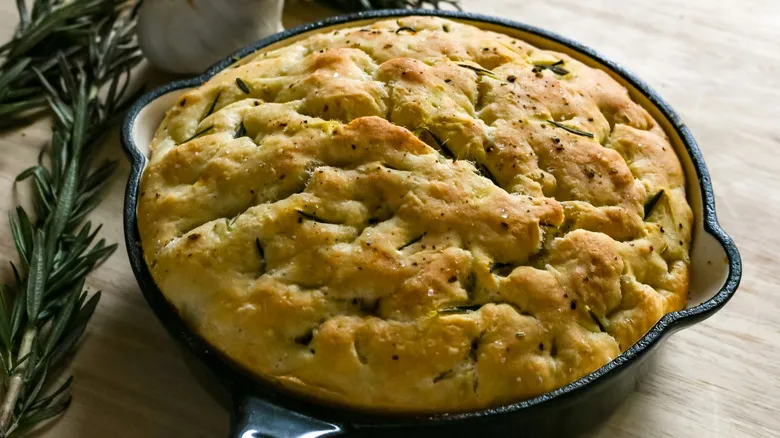The way your temperature changes your cookies

The perfect temperature for baking cookies varies based on the type of cookie you want to achieve. When baked at higher temperatures, the outer layer of your cookies becomes crisp quickly, as it is most exposed to the hot air. While faster baking can be appealing, it also means you need to take them out before the heat fully penetrates the center to avoid burning the exterior. This results in cookies with a crunchy top and edges, concealing a soft, slightly undercooked middle. Additionally, baking at high heat creates taller, puffier cookies since they don’t have enough time to spread out.
Conversely, if you prefer thin and crispy cookies, a lower temperature with a longer baking time allows the dough to spread and caramelize into a flatter, crunchier treat. For those who enjoy a cookie that strikes a balance between the two, a temperature range of 350 to 375 degrees Fahrenheit is ideal. This range permits some spreading while still keeping the shape intact, resulting in a firm exterior with softer edges, a tender yet fully cooked center, and a more uniform texture overall.
Keep in mind that these are general guidelines and can be influenced by the temperature of your ingredients, such as whether your cookie dough is chilled or frozen, or if your butter is melted or at room temperature. Understanding how oven temperature affects your cookies will help you achieve more consistently delightful results.
Recommended

What's The Difference Between Pita And Naan Bread?

Ina Garten's Simply Delicious Upgrade For Trader Joe's Apple Tart

How To Successfully Substitute Lemon Juice In Baking

The Case For Making Focaccia In Your Cast Iron
Next up

